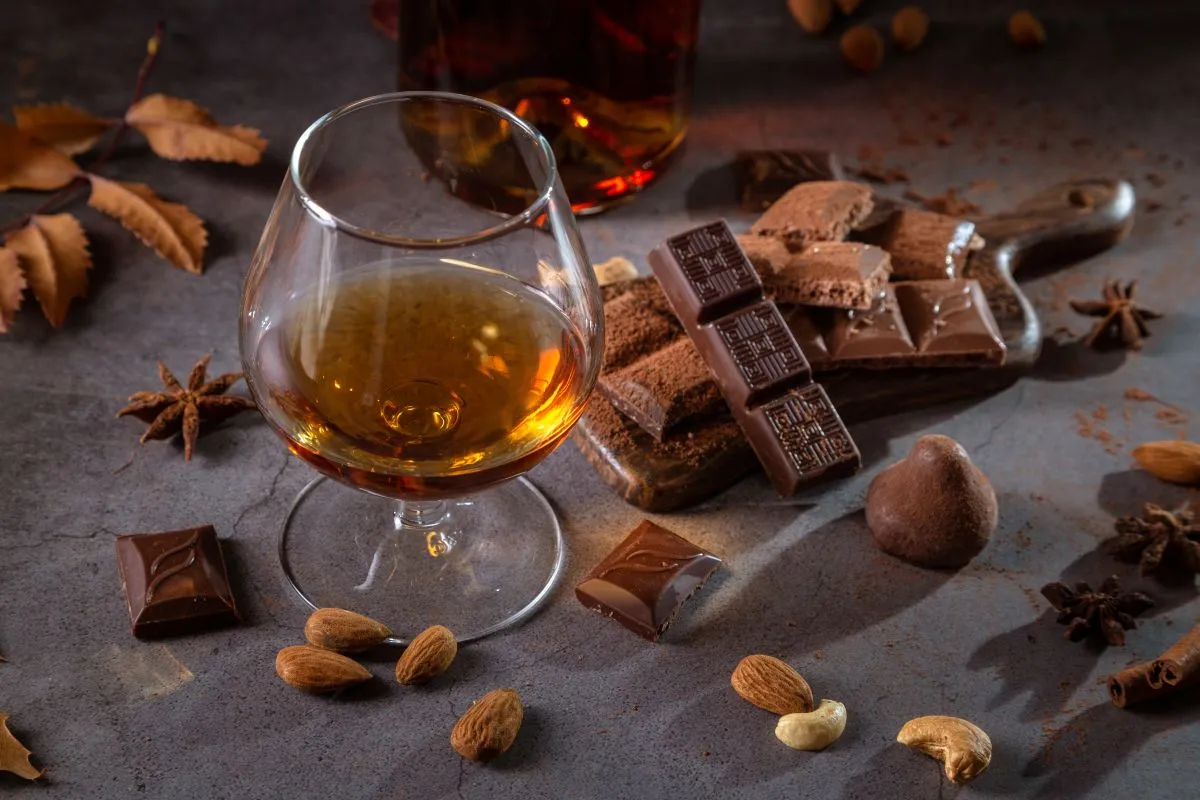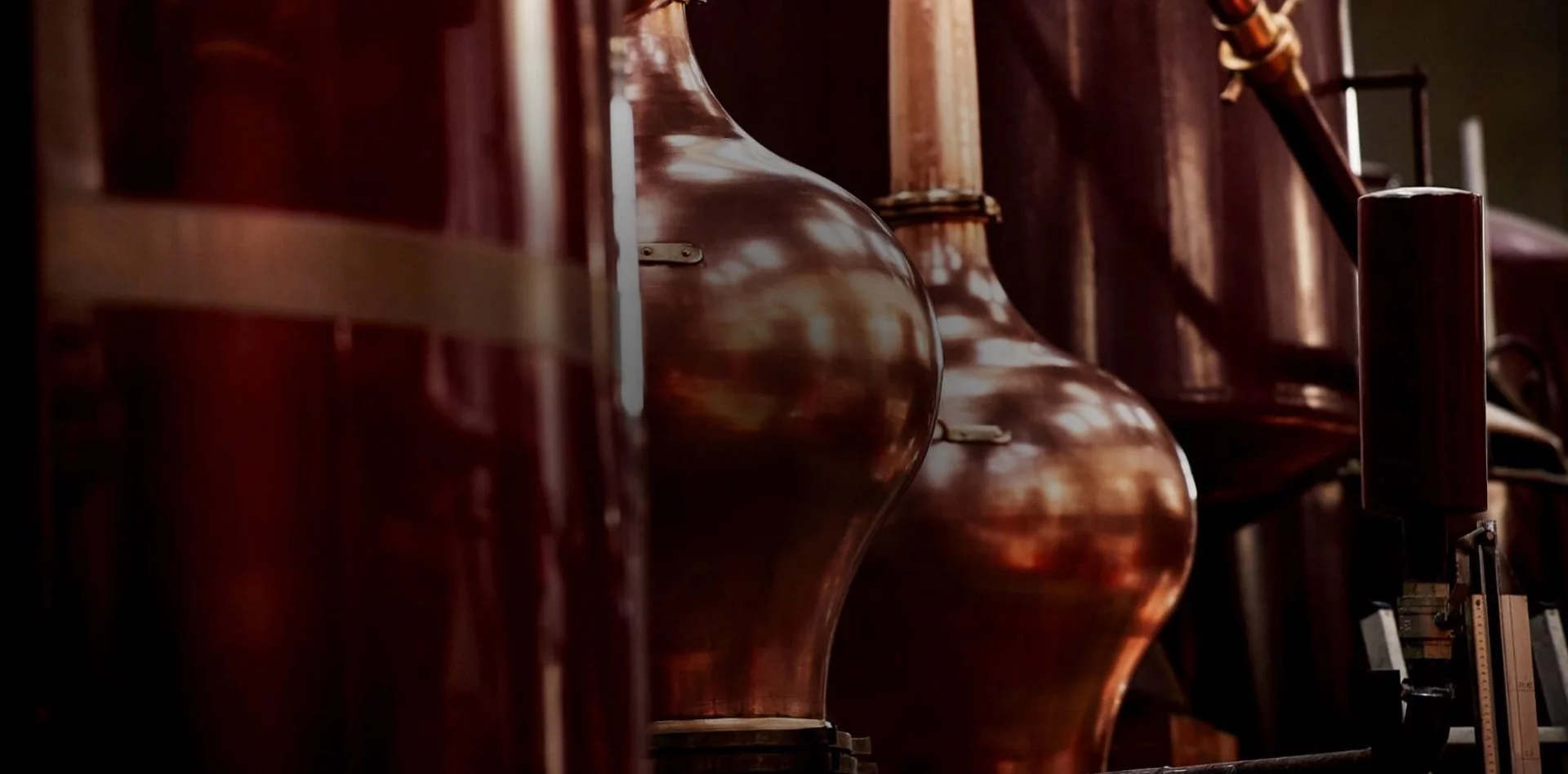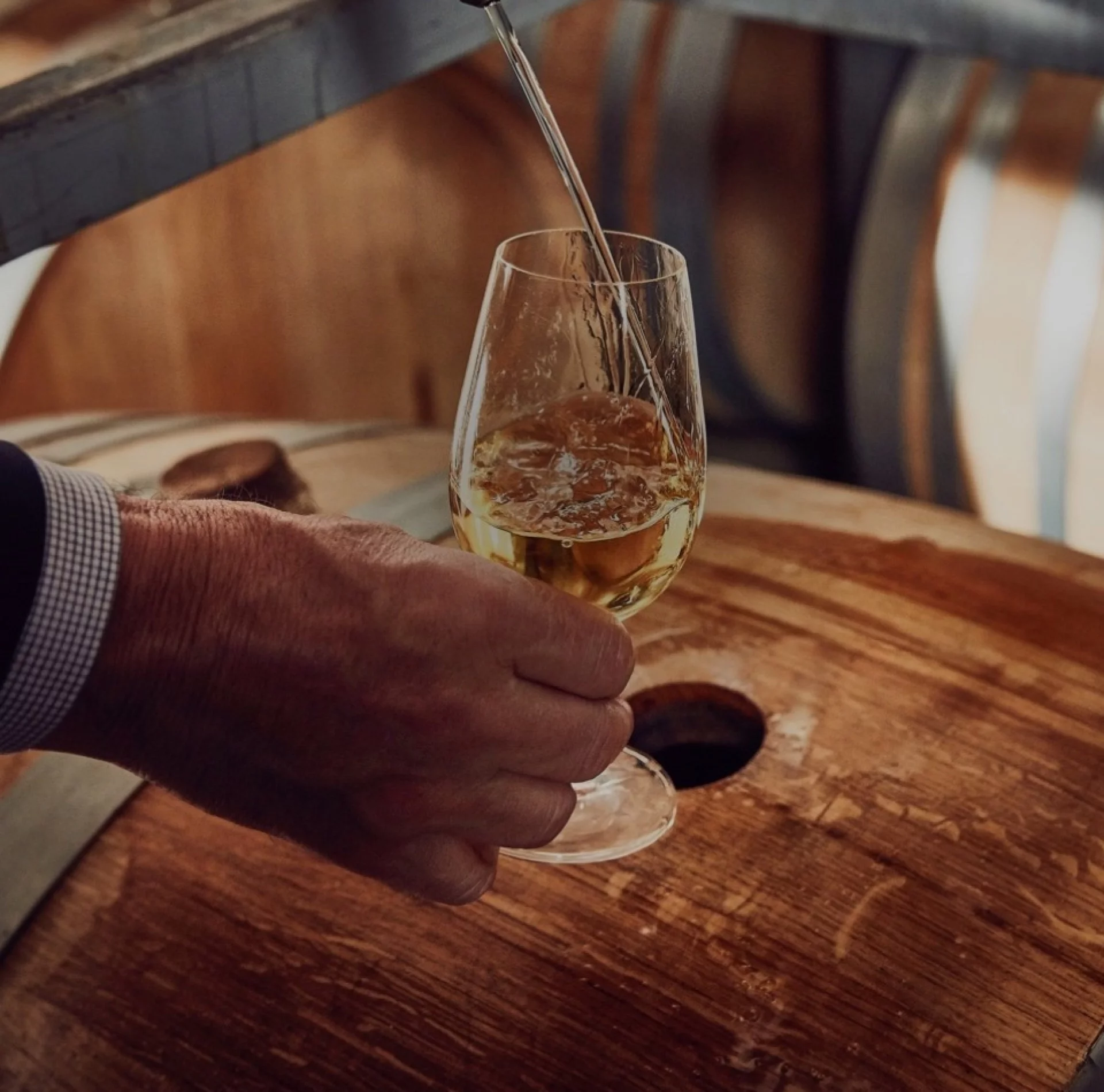
The Origin of Cognac: A Journey Through Time
Known as the most valuable expression of the brandy category, cognac boasts a rich and rooted history that dates back centuries. It originates from the Charente region in France, and has evolved into a symbol of luxury and refinement. Its production involves a meticulous process that blends tradition and innovation, resulting in a spirit that is celebrated globally and Grand Marnier is the perfect product that complements its legacy.
Milestones in Cognac History
The history of cognac is marked by significant milestones that have shaped its evolution:
- Early Beginnings (16th Century): Everything begins in the 16th century, when Dutch settlers sought to preserve wine for transport, since long trips aboard ships would ruin regular wine. They distilled it into eau-de-vie, laying the foundation for what would become cognac: the result of this primordial distillation was called brandwijn, “burnt wine”, then shortened in brandy.
- Establishment of Distilleries (17th Century): By the 17th century, Cognac region’s unique terroir and favorable climate had attracted more distillers, and technological evolutions happened: according to a legend that involves a dream and the Devil, missionary Lord of Segonzac came up with the idea of a double distillation, to better concentrate and appreciate brandwijn’s aromas and flavors. This period saw the establishment of some of the first cognac houses, still globally renowned to these days.
- Phylloxera Crisis (19th Century): The late 19th century brought disaster when the phylloxera plague devastated vineyards across Europe: a tiny bug that attacked vines and threatened the extinction of wine (and cognac consequently) as we know it today. Of the 282.667 hectares dedicated to cognac vines in 1887 (an area bigger than Luxembourg) only 42.581 were surviving in 1895. Cognac producers responded by grafting their vines onto American rootstock, which was resistant to the pest because the ship journeys it had to sustain to get to Europe killed it. This innovation saved the industry and led to a renaissance in cognac production.
- AOC Designation (20th Century): In 1909, a first delimitation of geographical areas, ingredients and processes for cognac was already established. But it was in 1936 that cognac was granted Appellation d’Origine Contrôlée (AOC) status, establishing strict production regulations to maintain quality. This designation helped to solidify Cognac’s reputation as a premium spirit.
- Modern Era (21st Century): Today, Cognac continues to play a major role, with producers embracing modern techniques while honoring traditional methods. The spirit enjoys global popularity, with a significant presence in markets extended to the whole world.
Geographic and Cultural Influence
The unique characteristics of Cognac are intrinsically linked to its geographic and cultural origins:
- Terroir: The Cognac region’s chalky soil and temperate climate create ideal conditions for growing the Ugni Blanc grapes used in cognac production (Folle Blanche, Montils, Folignan and Colombard are allowed in the blend). This terroir imparts distinctive flavors and aromas to the spirit, contributing to its complexity and depth.
- The river: a huge role in Cognac’s success has been played by the rivere Charente, the main body of water of the region. Thanks to the river, cognac makers managed to ship their product far and eventually abroad, in a time in which roads were unsafe and trains were far from being regular;
- Cultural Heritage: Cognac production is deeply rooted in French culture. The meticulous methods of double distillation in copper pot stills and aging in French oak barrels have been passed down through generations. This dedication to craftsmanship is a hallmark of the region’s cultural heritage.
- Regional Influence: The six designated crus of the Cognac region—Grande Champagne, Petite Champagne, Borderies, Fins Bois, Bons Bois, and Bois Ordinaire—each contribute unique characteristics to the spirit. Grande Champagne and Petite Champagne, known for producing the finest eaux-de-vie, are particularly prized for their elegant and floral profiles because closer to the center of the region. Cognac produced on the outskirts of the appellation area are more fruity and best for young cognac., due to change in soil and characteristics
Grand Marnier: Complementing a Legacy
The iconic legacy of Grand Marnier tells the story of a special link to cognac. Created in 1880 by Alexandre Marnier-Lapostolle, Grand Marnier blends the finest cognac with distilled bitter orange peels. This innovative fusion creates a liqueur that is both versatile and sophisticated, perfect to be sipped neat or to be mixed in classic cocktails, to elevate them and create new savoring experiences.
- Creation and Innovation: The creation of Grand Marnier marked a significant innovation in the spirits industry. By blending cognac with orange liqueur , Marnier-Lapostolle crafted a unique liqueur that appealed to a wide range of palates. This innovation has stood the test of time, with Grand Marnier remaining a staple in both cocktails and culinary applications.
- Contribution to Cognac’s Legacy: Grand Marnier enhances the legacy of cognac by introducing it to new audiences and actual environments. The liqueur’s complex flavor profile, combining the richness of cognac with the zesty notes of orange, complements a variety of cocktails, from the classic Sidecar to contemporary creations or twists. This versatility has helped to elevate cognac’s status in the modern spirits landscape.
- Global Recognition: Today, Grand Marnier enjoys global recognition and is celebrated for its quality and craftsmanship, showcasing the ability to bring a timeless product into today’s drinking preferences, and possibly into future ones. It stands as a testament to the enduring appeal of cognac and its ability to adapt and thrive in a constantly evolving market.
 Belgium
Belgium 



